As the longest holiday period of the academic year begins, the Guangdong-Hong Kong-Macao Greater Bay Area beckons visitors with a rich mixture of unique experiences and attractions. Industry experts have called on tourist hot spots to capitalize on this peak season by enhancing their offerings and infrastructure, helping to establish the region as a world-class travel destination. Li Bingcun reports from Shenzhen.
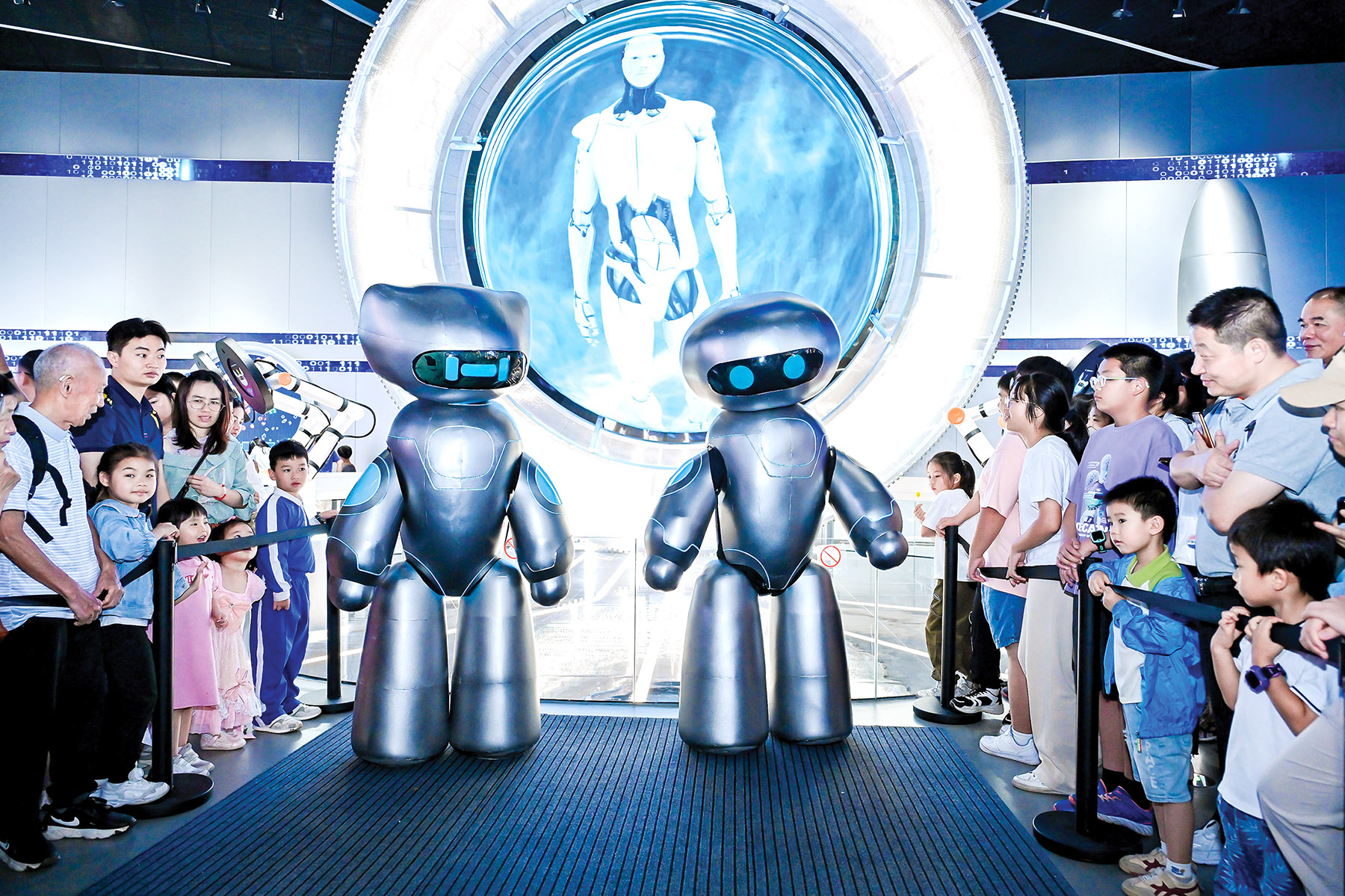
In a space-inspired architectural marvel that alters its colors to mimic cosmic wonders, science enthusiasts of all ages are exploring what the future will look like.
As the world blurs the boundaries between virtual and real, they’re waiting to view and engage with technological innovations like brain-computer interface robotics, virtual reality devices and digital humans.
Shenzhen Science and Technology Museum, with digital civilization as the theme, is taking a hard look at what’s in store, with 950 exhibits on the technologies of tomorrow, the mysteries of the universe, and how technologies can change our lives and industries.
Emerging as a new tech landmark in South China, the museum has recorded over 700,000 visits since opening in May, and is expected to see a renewed surge of enthusiasm during the summer holiday months of July and August.
READ MORE: Macao steps up efforts to bolster tourism sector
Apart from the tech highlights, the Guangdong-Hong Kong-Macao Greater Bay Area has a lot more unique offerings that visitors can enjoy during the longest vacation in the academic calendar, such as indoor ice and snow resorts, eco-tourism experiences, revitalized ancient towns, and niche museums, catering to everyone’s needs.
Visitors can join the largest-ever parade at Hong Kong Disneyland as it celebrates its 20th anniversary, and in August can enjoy the first birthday celebrations for giant panda cubs Jia Jia and De De at Ocean Park Hong Kong, as well as visit Asia’s first museum themed around Portuguese soccer star Cristiano Ronaldo, which opened on Monday in Tsim Sha Tsui.
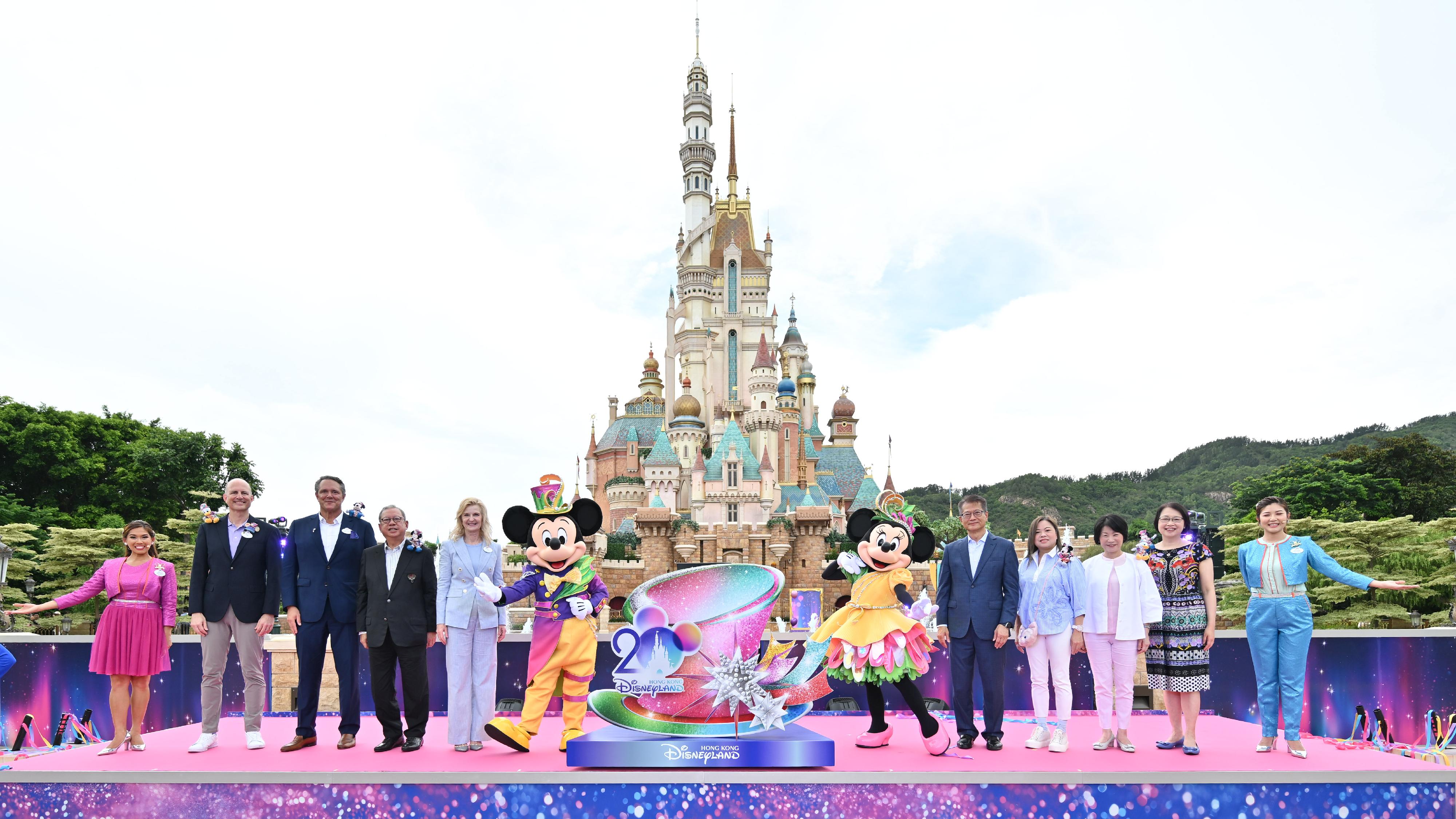
Strolling through Macao’s quaint streets, visitors can explore photo spots at attractions featuring Pop Mart’s fan-favorite characters, such as Labubu and Molly, while also savoring the city’s culinary delights.
Retreats and boutique hotels in Zhuhai are also ready to receive guests. Chimelong Hengqin Resort has launched international fireworks displays and a killer-whale-themed festival. The drifting and stream tracing activities in Zhaoqing are worth trying out too, as well as Jiangmen’s renovated Chikan Ancient Town that highlights overseas Chinese culture with its over 600 arcade buildings.
With a vibrant economy, the Greater Bay Area has long been a magnet for domestic and international tourists, with urban landscapes, coastal scenery, diverse cuisine and culture, convenient transportation, and theme-park clusters as hallmarks.
Each summer, Hong Kong, Macao, Guangzhou and Shenzhen are the top destinations for Chinese mainland travelers, with a surge in cross-border intercity travel and visits from farther regions. A myriad of activities is on the cards, such as night tours, anime carnivals, and the cultural and arts season, fueling travelers’ appetites.
With this year’s “China Travel” boom triggered by the launch of the nation’s 240-hour visa-free transit policy, the Greater Bay Area has seen significant growth in foreign visitor numbers and inbound spending.
Driven by a revival in tourism demand, traffic volumes at transportation hubs like the Hong Kong-Zhuhai-Macao Bridge and the Guangzhou-Shenzhen-Hong Kong high-speed rail continue to scale new heights. The opening of the Shenzhen-Zhongshan Link in June last year has strengthened the area’s connectivity.
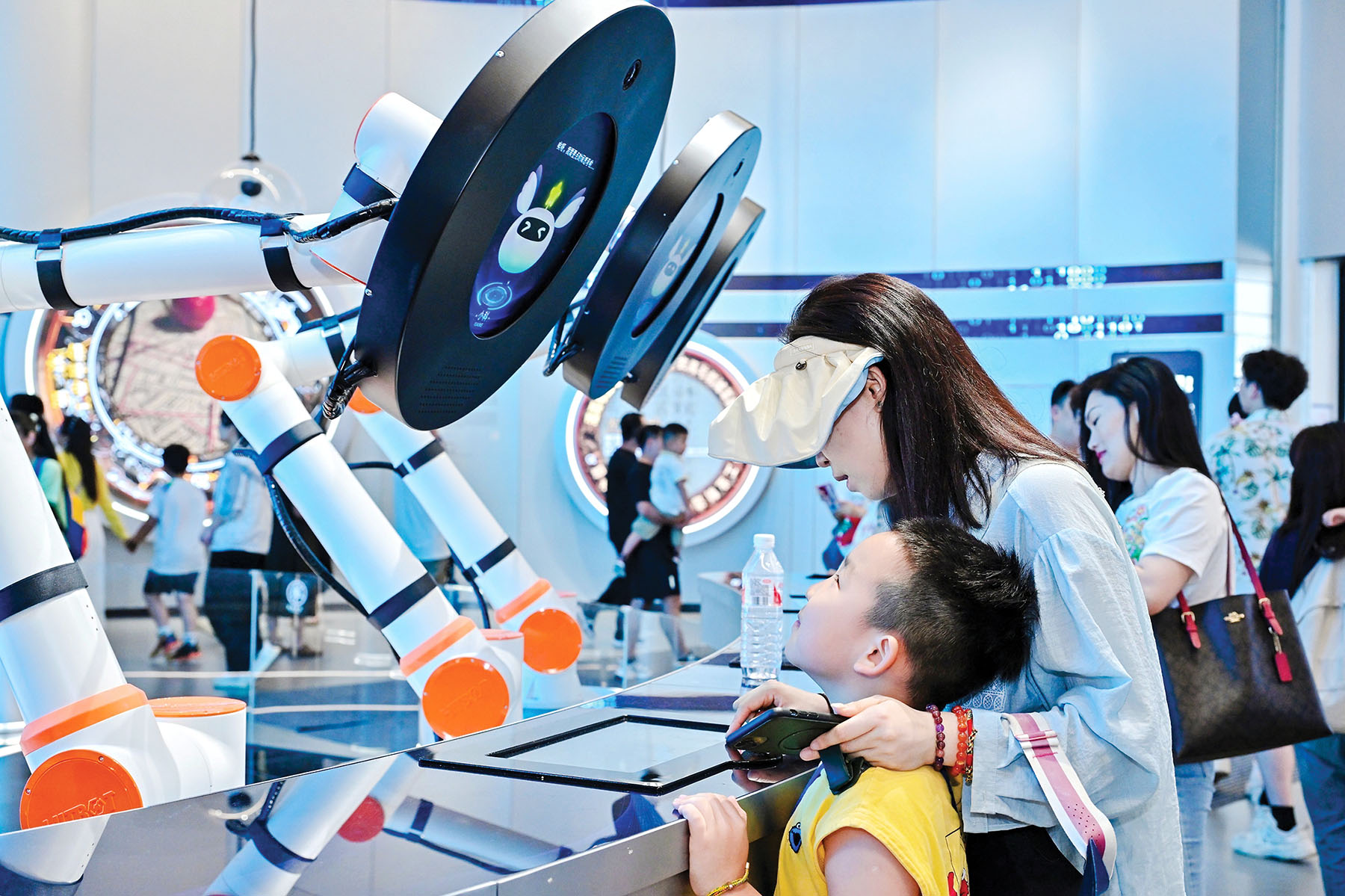
Diving into the tech world
Continuing the momentum of previous years, technology-themed study tours are expected to remain a key growth engine for summer tourism in the region against the backdrop of a revolution brought about by artificial intelligence.
As the integration of tourism and related industries deepens, the 11-city cluster has a natural advantage of developing such itineraries by bringing together the country’s leading universities and tech enterprises.
This summer, Shenzhen Science and Technology Museum is expected to become a key stop for such study tours. Museum director Zheng Yongchun says that besides catering to tourists, the venue has a great responsibility to promote science education.
“It functions as an extracurricular classroom for teenagers, a learning center for adults, a showcase stage for corporations, and an exchange space for the public,” says Zheng.
Stressing that up to 80 percent of the museum’s exhibits are innovative and interactive, he says visitors can engage in immersive exploration of the world’s past, present and future, while assimilating knowledge.
Given the rich content, viewing all the exhibits in one go could take 16 hours. The museum recommends different highlights for various age groups, and has designed scientific thematic courses covering trendy topics in technology.
Doubling down on efforts to introduce experts as lecturers, Zheng aims to broaden collaboration with schools and enterprises in nearby mainland cities, as well as the Hong Kong and Macao special administrative regions, to enhance the facility’s overall science education level.

Chills and thrills
To beat the scorching summer heat, an indoor skiing experience is another popular choice. Guangzhou Bonski — the world’s second-largest indoor ski resort — set a record last year with over 1 million visits.
With skiing and snow play areas, Guangzhou Bonski caters to the combined needs of tourism, sports and summer cooling. The attraction is housed in Guangzhou Sunac Cultural Tourism City — a large-scale integrated travel program that includes three additional parks for amusement, water-based activities and sports.
Building upon these resources, the venue introduces teenagers to snow-themed summer camps, offering them the opportunity to feel the snow, learn to ski and explore winter sports culture. This has attracted students from Southeast Asia, many of whom may have never encountered snow, according to Bonski Vice-President Sun Zheng.
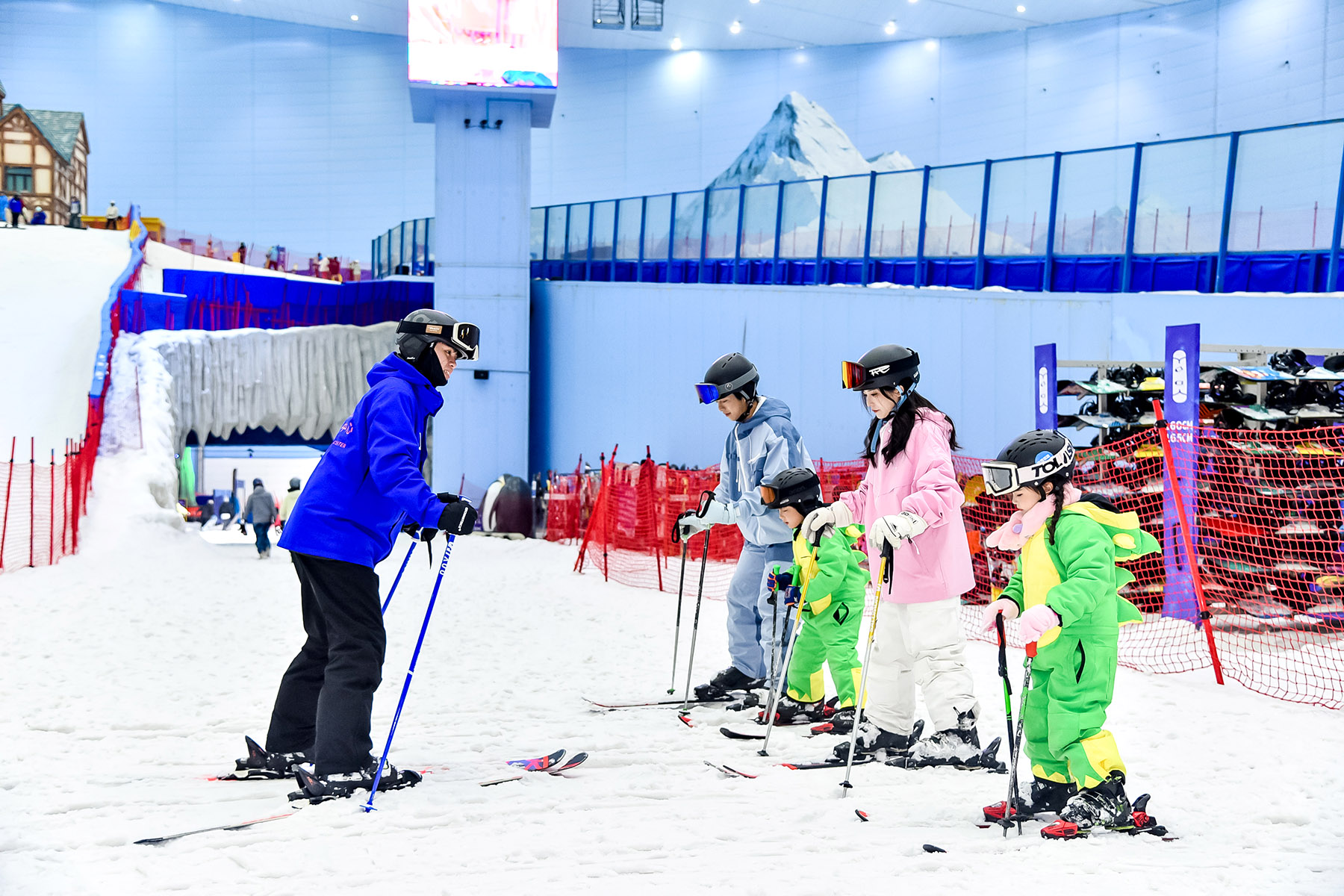
This summer, the snow play area will be expanded threefold and feature collaborations with popular global IPs for children. A 200-meter-long ice track for paired sliding will also make its debut.
Sun says a direct high-speed rail link from Hong Kong to Guangzhou North, due to be launched in late-July, will attract more Hong Kong visitors to the resort.
Huafa Ice and Snow World, anticipated to be the world’s largest indoor ski resort, is set to open in Shenzhen in November. Unlike Guangzhou Bonski, the Shenzhen attraction will cater to professional sports enthusiasts with advanced slopes. Along with the addition of new small and medium-sized ski facilities, Sun believes it will further bolster the skiing community in the Greater Bay Area.
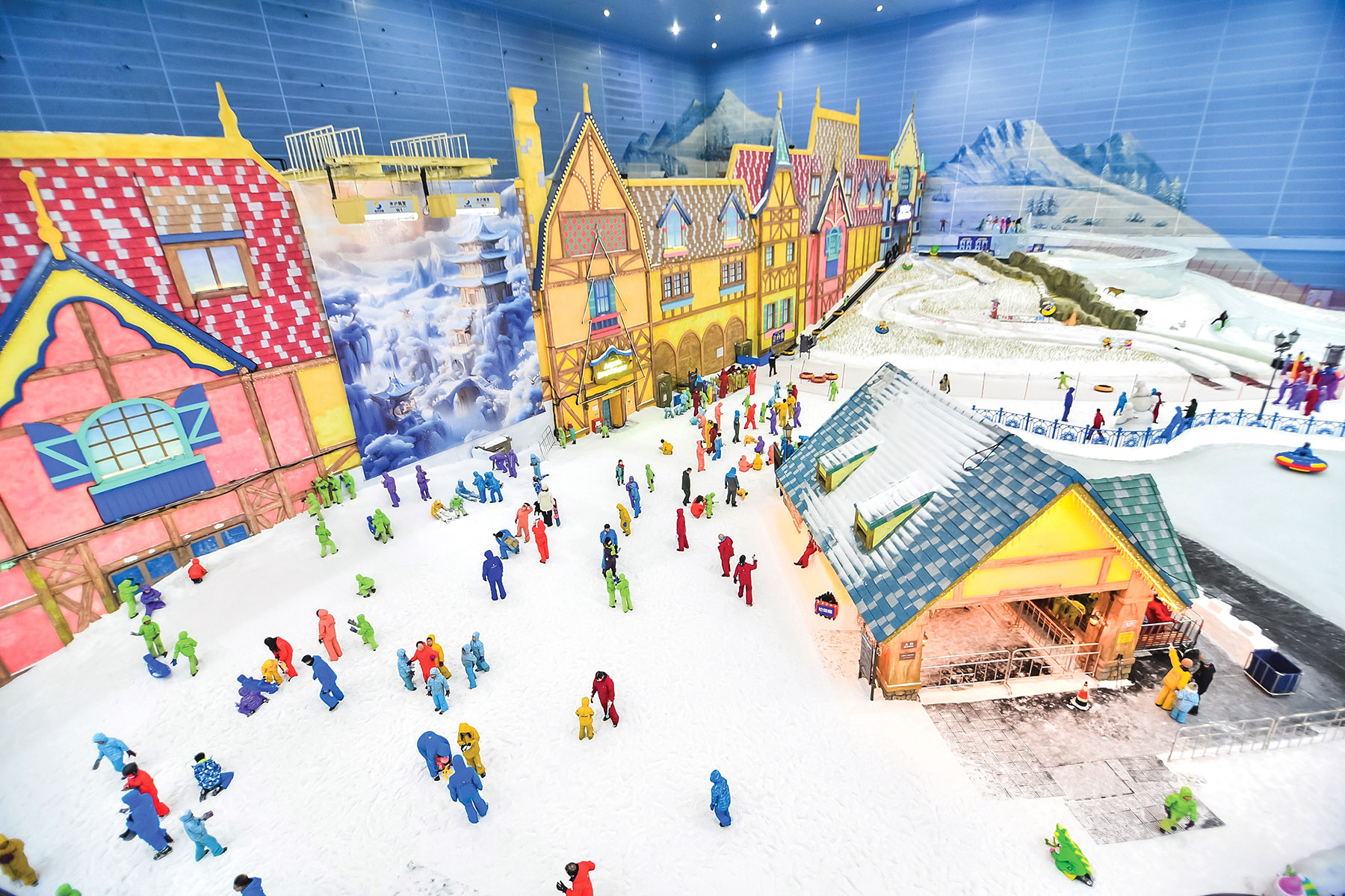
Connecting with nature
Spending the summer on picturesque beaches, while discovering the mysteries of one of the world’s longest-living animals, is also worth considering.
China’s only sea turtle sanctuary, the Huidong Sea Turtle National Reserve, has 900,000 visits a year, according to Yu Guozhong, who is responsible for the reserve’s promotion.
Located on a highly ecologically valuable beach, the reserve, now in its 40th year, serves as an important breeding ground for green sea turtles — a wildlife species under high-level national protection. Currently, it’s the only place in the country where wild sea turtles come ashore to lay eggs, with the most recent occurrence happening in 2023. After overcoming the challenges of artificial breeding in 2017, more than 2,000 hatchlings were bred last year and will be released into the ocean.
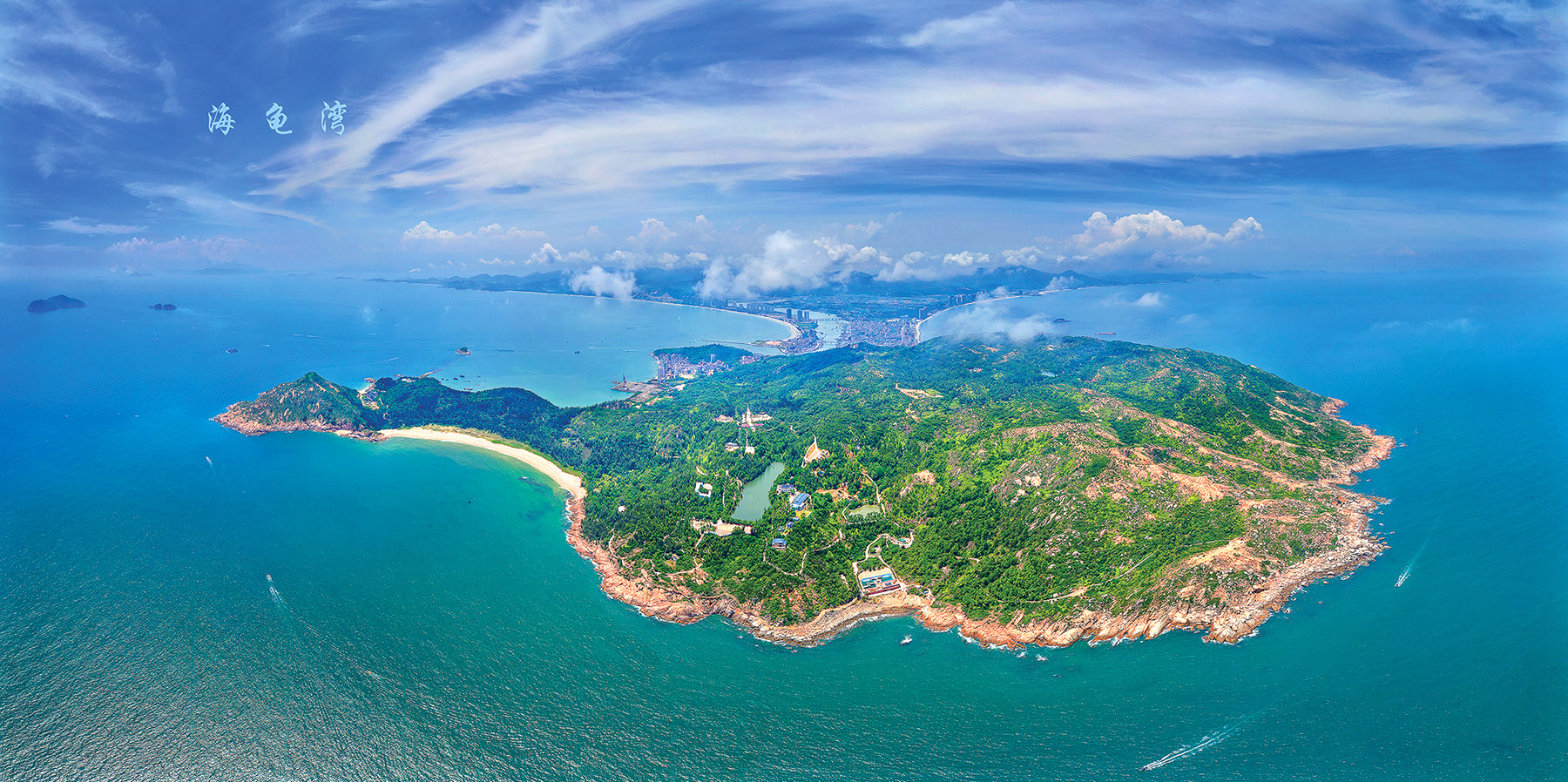
Currently, the conservation center exhibits 200 artificially bred sea turtles. Through glass partitions, visitors can see groups of turtles moving slowly with their fin flippers under shells, eating seaweed, interacting and surfacing for air. From March to May, they may also witness the creatures courting and mating.
As sea turtles can live up to 150 years, conserving and researching the species is valuable for marine protection and helps humanity explore ways of slowing aging and overcoming diseases, says Yu.
He hopes to attract more tourists to promote sea turtle conservation, but transportation difficulties have hindered the area’s development. Inconvenient public transport facilities have forced most visitors to drive there themselves, causing congestion and parking problems. Traffic control measures, shuttle buses and public parking have been introduced to ease the strain.
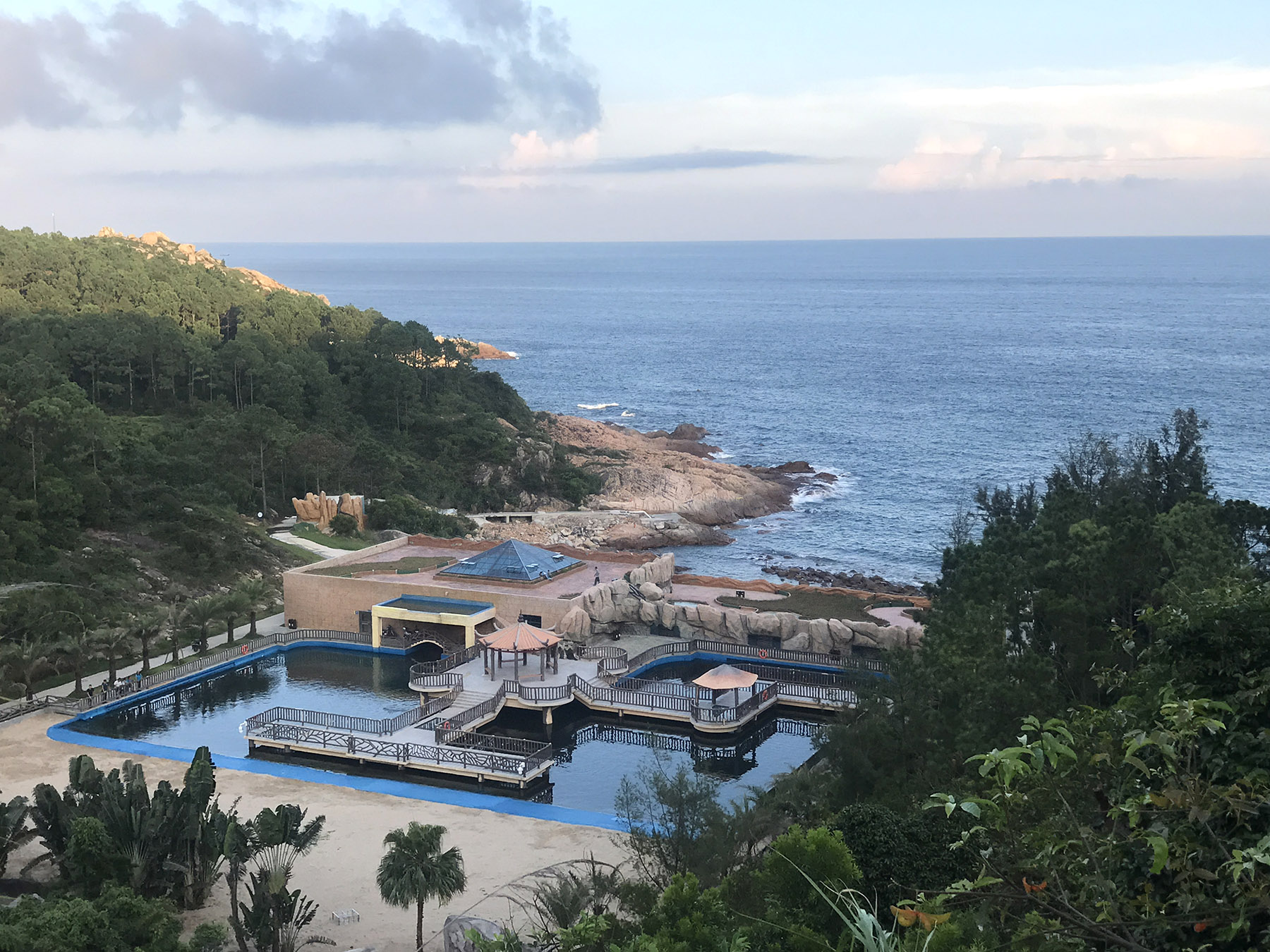
Time for upgrading
The two-month summer vacation offers an excellent opportunity to drive consumption and tourism innovation.
Louis Liu Yi, professor at the School of Tourism Management of Sun Yat-sen University in Guangzhou, wants the implementation of additional strategies to make the Greater Bay Area a world-class destination.
He notes that public transportation between major attractions in the region is still not sufficient. High-speed train stations are often located on the outskirts of cities, leading to complicated transfers. As light rail development takes time to mature, the focus should be on improving tourism links and car rental services.
The region may have abundant theme park resources, but the cultural design of some brands lacks highlights and depth. For instance, Chimelong Group excels in animal conservation, but its animal introductions and educational efforts still fall short of leading players in the field, he says.
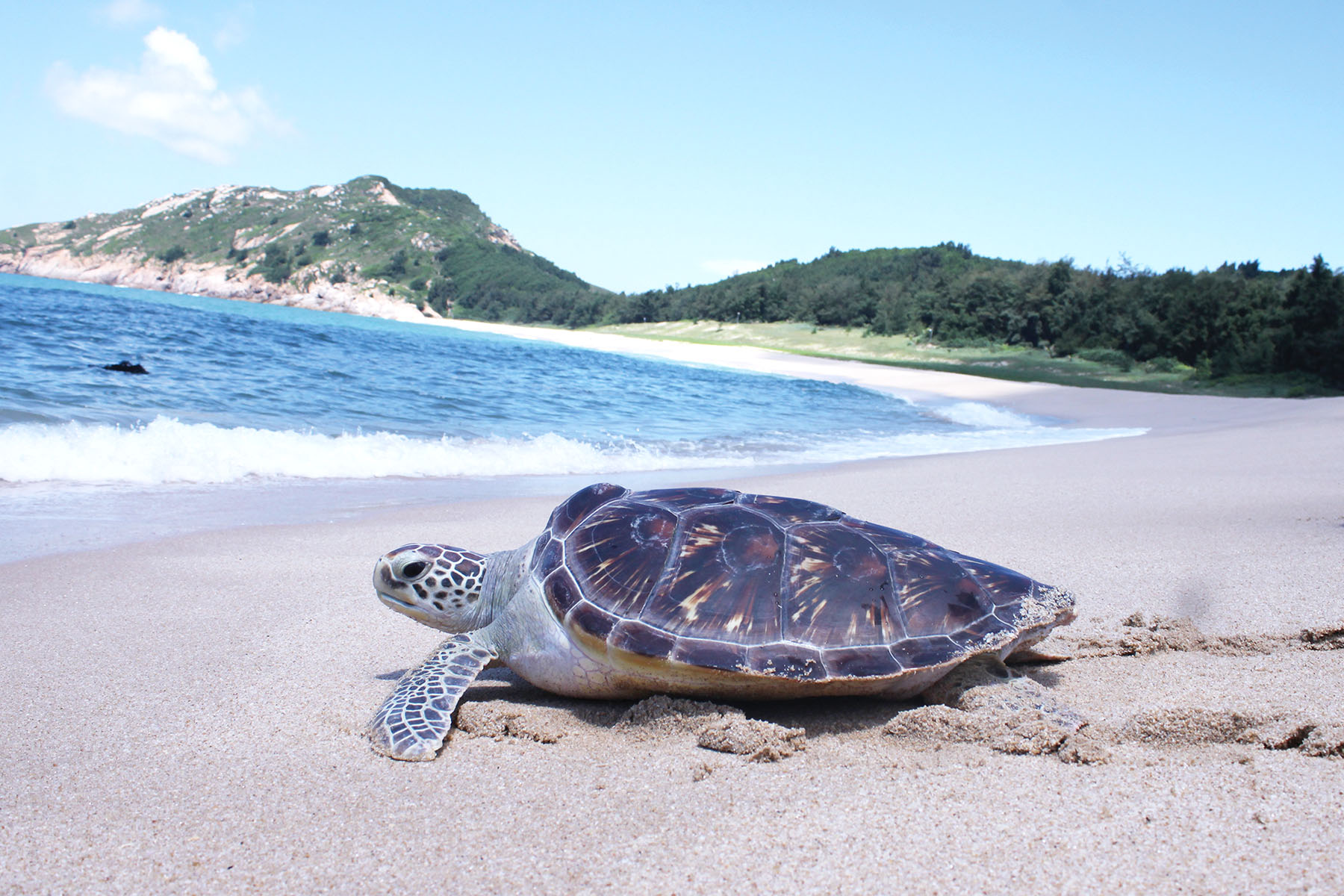
In Liu’s view, Hong Kong’s Disneyland and Ocean Park provide valuable references. Disneyland’s fireworks display has a clear theme and layered design, while Ocean Park offers engaging animal information and lists simple tasks for everyone to protect them.
Liu notes that while the 11-city cluster boasts iconic tourism assets like its cuisine and martial arts heritage, their development and promotion remain fragmented, failing to attract sufficient attention from international tourists. He adds that the lack of English-speaking tour guides poses challenges for foreign visitors trying to explore culinary hubs like Shunde district in Foshan.
ALSO READ: Chan: Innovation key to maintaining HK's status as global travel hub
Liu proposes creating international recommendation lists similar to the Michelin Guide, suggesting that travel agencies offer more integrated products to boost the highlights of the Greater Bay Area.
Liu Jiapeng, regional public affairs manager of tourism agency Ctrip, agrees that while capitalizing on trends like the Labubu craze and the soccer frenzy spurred by the Jiangsu Football City League can increase short-term foot traffic, cities in the region should create their own tourism sensations by tapping into their unique resources.
Contact the writer at bingcun@chinadailyhk.com


